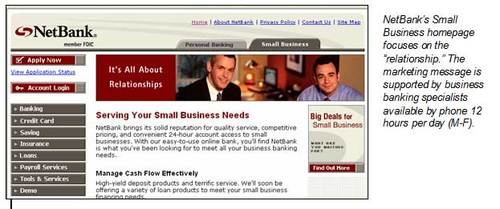
- Barclays’ US consumer banking subsidiary, Barclays Bank Delaware, is acquiring Best Egg for $800 million.
- Barclays aims to use the purchase to diversify its US consumer business and strengthen its presence in unsecured lending.
- The transaction is expected to close in the second quarter of 2026.
Barclays‘ US consumer banking subsidiary, Barclays Bank Delaware, unveiled plans this week to expand its US footprint, acquiring personal loan origination company Best Egg. The transaction is expected to close in the second quarter of 2026 for $800 million.
Best Egg offers a direct-to-consumer personal loan origination platform that specializes in lending to prime borrowers. Since it was founded in 2013, the Delaware-based company has facilitated over $40 billion in personal loans to more than two million customers. By the end of this year, Best Egg will have facilitated more than $7 billion in personal loan originations.
Best Egg currently services approximately $11 billion in personal loans which are funded through structures such as securitization programs and forward flow arrangements provided by a range of alternative asset managers. The company generates fee-based income from its loan origination and servicing activities.
Best Egg CEO Paul Ricci said the acquisition marks a major milestone in the company’s mission to help consumers achieve financial confidence through modern lending products. “At Best Egg, we are driven by a mission to empower people with financial confidence and flexibility through our suite of lending products and financial health tools,” said Ricci. “Joining forces with Barclays marks a pivotal moment in our journey—one that amplifies our ability to reach even more people through innovative lending solutions that truly make a difference. This transaction is a testament to the strength of the incredible business we’ve built over the past 12 years, our talented team, and the trust we’ve earned from our customers. Together with Barclays, we’re excited to accelerate our growth and continue shaping the future of consumer finance in ways that are both meaningful and impactful.”
Barclays’ US Consumer Bank will leverage Best Egg’s digital and risk capabilities to enhance its credit card business that provides unsecured personal lending to customers by partnering with co-brand card partner programs. Buying Best Egg provides the bank an on-ramp into a well-established lending platform with proven underwriting and distribution capabilities. It also signals Barclays’ intent to diversify beyond credit cards and move into unsecured lending.
Barclays Group Chief Executive C.S. Venkatakrishnan described the acquisition as a key growth opportunity within the bank’s long-term US strategy. “The deep and sophisticated US consumer finance market offers rich prospects for growth at Barclays,” said Venkatakrishnan. “The transaction will strengthen our US Consumer Bank and offers an exciting opportunity to significantly bolster our capabilities in personal lending.”
Once the acquisition is complete, Barclays plans to leverage this same model while retaining a small portion of Best Egg’s new lending flow on its balance sheet.
Denny Nealon, CEO of Barclays US Consumer Bank, said the move supports the company’s broader goal of diversification and scale in US retail banking. “This acquisition represents a significant step forward in our strategy to grow and diversify our US consumer banking business,” said Nealon. “As a leader in the personal loans market, Best Egg gives us the ability to reach more US consumers through a proven platform that has been successful for over a decade. We look forward to welcoming Best Egg’s customers as well as its talented and experienced management team and colleagues upon closing in 2026.”












